Don’t Let the Perfect be the Enemy of the Good
Have you ever heard the expression don’t let the perfect be the enemy of the good? Are you better than the math teacher when you help your kids with their homework? Is a tennis coach better than the player – no!
Perfection is different than explaining, guiding, and assisting. It’s not being “the best” but I’ve noticed that people who have made it their mission to help others and make their lives better are sometimes afraid to tackle somethiing when they’re not “perfect” at it.
Drum therapy does a lot for people of all ages and especially for people living in retirement, assisted living, and nursing homes, with PTSD sufferers, and people with a whole slew of diseases. A major stumbling block, though, is that activity directors, CNAs, therapists, caregivers, and volunteers, won’t do it themselves and make their only option to bring in a professional.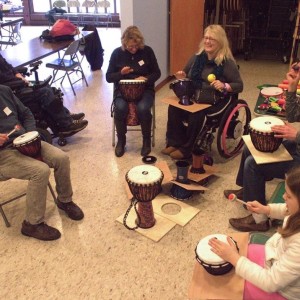
Maybe they should!
“Maybe my best isn’t as good as someone else’s, but for a lot of people, my best is enough.”
-Lindsey Stirling
While bringing someone in is a big step towards providing residents with a better quality of life and is great fun to do on occasion, there are many logistical concerns that may make it impractical.
- This is a therapy that can only be provided by a professional on an infrequent basis if at all.
- Some facilities are located in an area that doesn’t have access to this type of therapy.
- Most other places can’t afford to bring somebody in with their equipment often enough to see the long-term benefits that research illustrates.
Benefits
Scientific research has illustrated many points that are associated with group drum therapy. This includes many physical, mental, and social benefits.
But there is another advantage that gets less attention. Did you know that drumming actually synchronizes the two hemispheres of the brain?
Drumming is one of the few activities that uses both the creative side AND the logical side 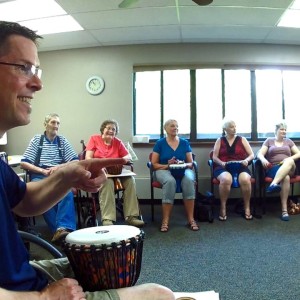 of the brain. This can actually lead to getting better sleep, being more creative, improved immunity, enhanced mental processing, reduced stress, less fatigue, and potential reduction and addictive tendencies.
of the brain. This can actually lead to getting better sleep, being more creative, improved immunity, enhanced mental processing, reduced stress, less fatigue, and potential reduction and addictive tendencies.
If you were to see even half of those changes in your residents, wouldn’t that be awesome?!
And this doesn’t even account for the advantages that aren’t accounted for. Advantages like increasing range of motion and functionality, the feeling of being young again (fun, invigorating, and contemplative), and energizing. Why would you ever deprive your residents of this in their golden years?
“That was one of the most exciting programs I’ve experienced in a very long time. So entertaining and instructive and creative…..not enough words to describe”
-email from a resident at one of my recent sessions
Isn’t a Better Quality of Life in Everybody’s Best Interest?
I started by saying don’t let the perfect be the enemy of the good. This is something I feel strongly about. It’s great to be able to bring in someone to perform this activity but we need to be realistic.
Remember that leading people, if you have some basic tools, is not only easy – but it can and will bring you closer together as you work through activities that are best for your particular group!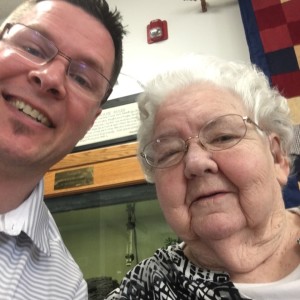
There is a whole set of videos (including how to make easy instruments and links to cheap ones), instructions, and easy-to-follow plans (like I use) for leading drum circles (group drumming) with your patients Here. It’s tons of fun, therapeutic, and it makes you more marketable!
“Never had one lesson!”
-Ferris Bueller
I spend a lot of time providing group drum therapy for others. I love it and they love it. I can only get to a place so often, though.
If you can do it every day, see the smiles on their faces, and feel the advantages that research (which is performed in a short amount of time on a very regular and consistent basis – that’s how research is done), why wouldn’t you?

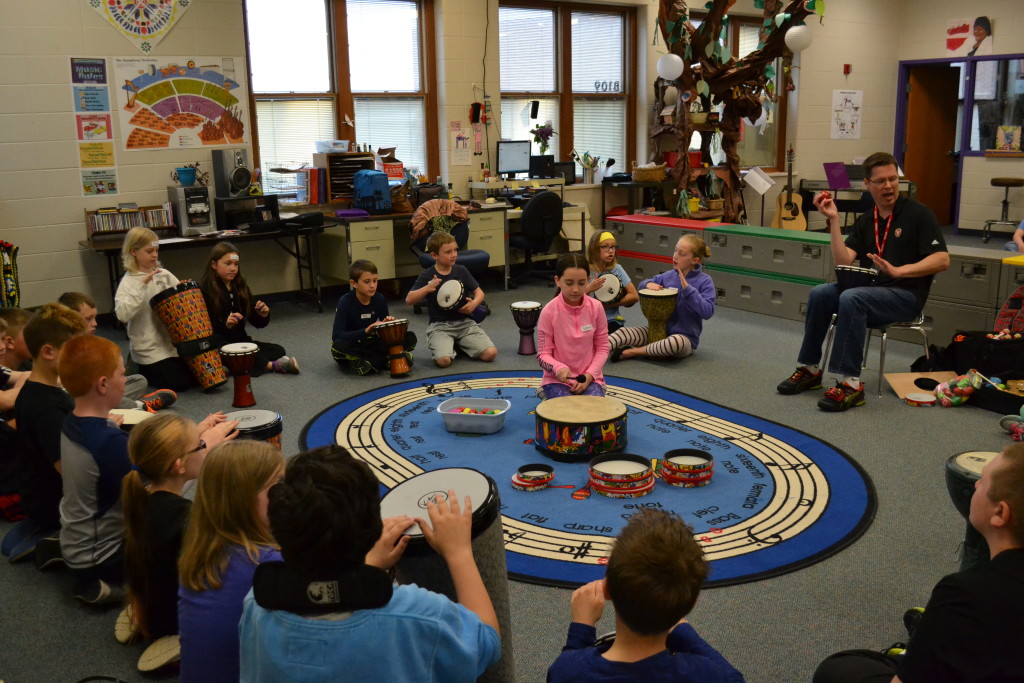 Have you ever been in a situation where you wake up at three in the morning and an idea comes to you that’s so obvious, so simple, that you can’t believe it didn’t occur to you before.
Have you ever been in a situation where you wake up at three in the morning and an idea comes to you that’s so obvious, so simple, that you can’t believe it didn’t occur to you before.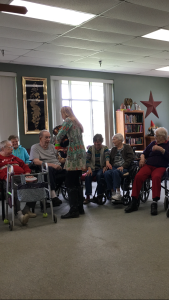 the residents. More than that – they can do this every day, if they want.
the residents. More than that – they can do this every day, if they want.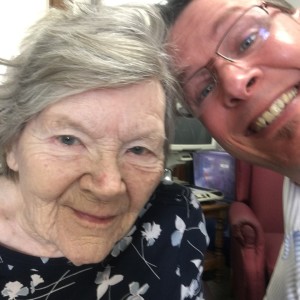 The best part, though, is that it’s free (once someone is trained). When your volunteers conduct the activity, the residence will get as much if not more out of each session and it’s an easy enrichment activity to do when nothing else is booked or planned!
The best part, though, is that it’s free (once someone is trained). When your volunteers conduct the activity, the residence will get as much if not more out of each session and it’s an easy enrichment activity to do when nothing else is booked or planned!